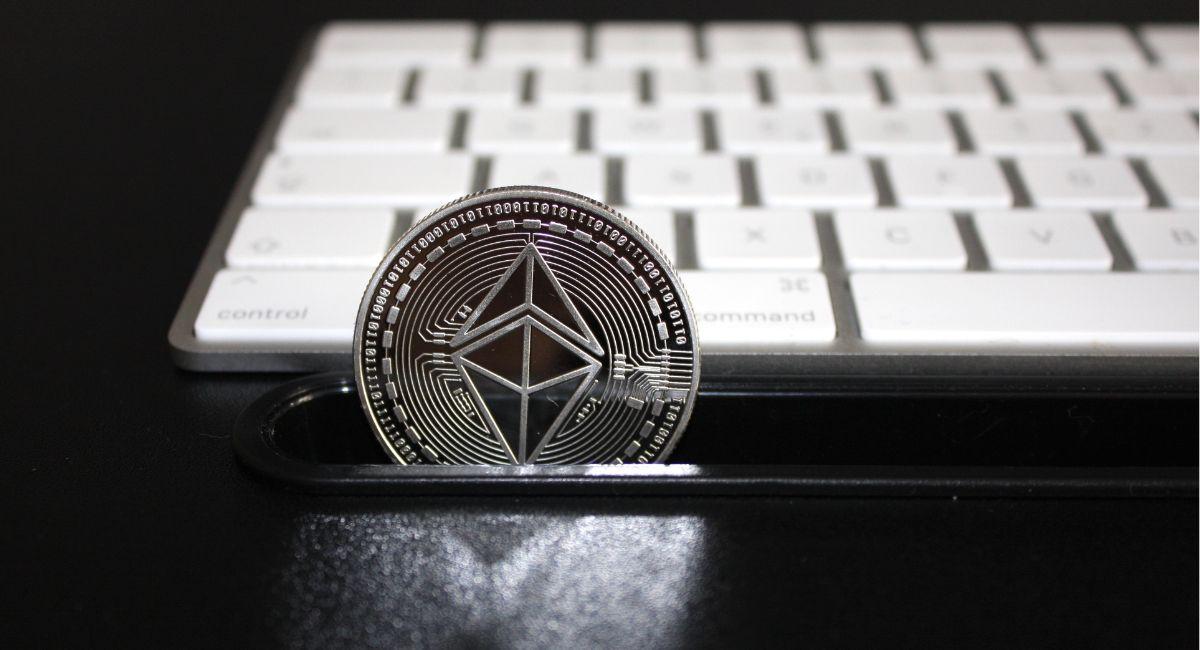The MEV Maze: Vitalik Buterin proposes solutions for Ethereum’s Block Building Woes
Ethereum, the world’s second-largest blockchain by market capitalization, faces a complex challenge known as MEV (Miner Extractable Value). This issue has emerged as a significant concern for both users and developers on the Ethereum network. But what exactly is MEV, and why is it causing such a stir?
Dissecting MEV: Understanding the Block Builder’s Advantage
MEV stands for Miner Extractable Value. In simpler terms, it refers to the additional profit that miners or, in the upcoming Proof-of-Stake system, validators, can extract beyond the standard block rewards offered by the network. This profit stems from their ability to reorder transactions within a block.
Here’s how it works: When a block is produced, miners (or validators) have some flexibility in choosing which transactions to include. This seemingly minor detail creates an opportunity. Certain transactions, like arbitrage opportunities or liquidations, can be strategically positioned within a block to yield the validator additional profits. For instance, a validator could reorder transactions to get the best price on a token swap or prioritize transactions that benefit their own holdings.
The Dark Side of MEV: Network Congestion, Rising Fees, and Fairness Concerns
While MEV can be a source of profit for validators, it has several negative consequences for the Ethereum network:
- Network Congestion: The race to include profitable transactions in blocks can lead to increased competition among validators, driving up gas fees and slowing down transaction processing times.
- Rising Fees: As MEV becomes more lucrative, validators prioritize including these transactions over regular user transactions, pushing gas fees even higher for everyday users.
- Fairness Concerns: The ability to manipulate transaction order raises concerns about fairness on the network. Users with deeper pockets or access to specialized MEV tools might gain an unfair advantage.
Vitalik Buterin to the Rescue: Proposed Solutions for a More Equitable Ethereum
Recognizing the detrimental effects of MEV, Ethereum co-founder Vitalik Buterin has proposed a set of solutions to mitigate the issue. Here are some of the key ideas:
- MEV Quarantining: This approach would restrict validators’ ability to arbitrarily reorder transactions within a block. Instead, transactions would be pre-defined and submitted to a separate “MEV auction” where validators can bid on including them.
- MEV Minimization: This strategy focuses on optimizing block construction algorithms to minimize the potential for validators to extract excessive MEV. This could involve techniques like prioritizing transactions based on their gas fees or timestamps.
- Inclusion Lists: Users could submit “inclusion lists” specifying the order in which they want their transactions processed. This would give users more control over their transaction placement but might add complexity to the system.
- Standardized Node Requirements: Currently, running a full Ethereum node requires significant computing power and storage space. Lowering these barriers by standardizing node requirements could increase network decentralization and make it harder for a small group of validators to control MEV.
Also, read – How The Intriguing Spot Ethereum ETF Could Reshape The Crypto Market In 2024 And Beyond?
The Road Ahead: A Collaborative Effort to Tame the MEV Beast
The proposed solutions from Vitalik Buterin are just the beginning of a conversation. Implementing these ideas will require extensive discussion and collaboration within the Ethereum community. Developers, researchers, and users will need to weigh the trade-offs of each solution and determine the best path forward.
Here are some key aspects to watch in the coming months:
- Community Consensus: Will the Ethereum community reach a consensus on the most effective solutions to address MEV?
- Technical Implementation: How will the proposed solutions be translated into code and integrated into the Ethereum protocol?
- Monitoring and Evaluation: How will the effectiveness of the implemented solutions be monitored and evaluated over time?
The quest to tackle MEV is a crucial step in ensuring the long-term health and fairness of the Ethereum network. By addressing these challenges, Ethereum can pave the way for a more decentralized, efficient, and user-friendly blockchain platform.
Stay informed with daily updates from Blockchain Magazine on Google News. Click here to follow us and mark as favorite: [Blockchain Magazine on Google News].
Get Blockchain Insights In Inbox
Stay ahead of the curve with expert analysis and market updates.
latest from tech
Disclaimer: Any post shared by a third-party agency are sponsored and Blockchain Magazine has no views on any such posts. The views and opinions expressed in this post are those of the clients and do not necessarily reflect the official policy or position of Blockchain Magazine. The information provided in this post is for informational purposes only and should not be considered as financial, investment, or professional advice. Blockchain Magazine does not endorse or promote any specific products, services, or companies mentioned in this posts. Readers are encouraged to conduct their own research and consult with a qualified professional before making any financial decisions. The featured image used is just a creative depiction of the title and it does not intend to hurt sentiments of any person or institution. If it hurts anyone sentiments, please do not hesitate to reach out to Blockchain Magazine.

 Bitcoin
Bitcoin  Ethereum
Ethereum  XRP
XRP  Tether
Tether  Solana
Solana  Dogecoin
Dogecoin  USDC
USDC  Cardano
Cardano  Lido Staked Ether
Lido Staked Ether  TRON
TRON  Chainlink
Chainlink  Avalanche
Avalanche  Wrapped stETH
Wrapped stETH  Sui
Sui  Wrapped Bitcoin
Wrapped Bitcoin  Toncoin
Toncoin  Stellar
Stellar  Hedera
Hedera  Shiba Inu
Shiba Inu  Polkadot
Polkadot  WETH
WETH  LEO Token
LEO Token  Litecoin
Litecoin  Bitcoin Cash
Bitcoin Cash  Bitget Token
Bitget Token  Hyperliquid
Hyperliquid  Uniswap
Uniswap  Official Trump
Official Trump  USDS
USDS  Wrapped eETH
Wrapped eETH  Pepe
Pepe  NEAR Protocol
NEAR Protocol  Ethena USDe
Ethena USDe  Aave
Aave  Aptos
Aptos  Internet Computer
Internet Computer  Monero
Monero  WhiteBIT Coin
WhiteBIT Coin  Ondo
Ondo  Ethereum Classic
Ethereum Classic  Cronos
Cronos  POL (ex-MATIC)
POL (ex-MATIC)  Mantle
Mantle  Render
Render  Dai
Dai  MANTRA
MANTRA  Algorand
Algorand  OKB
OKB 




